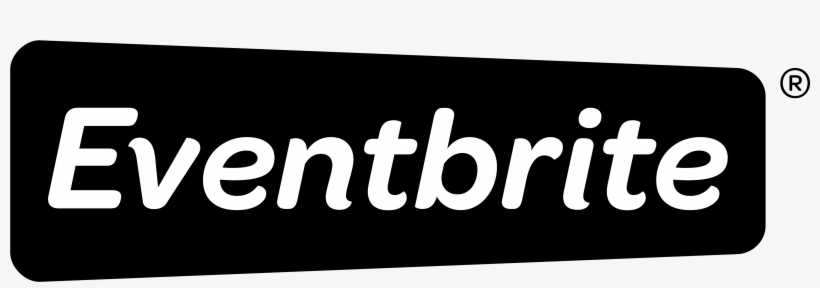










Welcome to Skillmight, where education meets innovation! Our platform is designed
|
Imagine you could get access to multi-millionaire programs that will give you a step-by-step path to reach your goals as fast as possible...
That's exactly what you can find on SKILLMIGHT. You must understand, it’s now or never.
Are you ready to explore the cutting-edge world of AI-powered creativity? Our "A...
Every click of the shutter is a chance to tell a story, and every frame captures...
Words are your warriors, and every sentence is a strategy. Master the craft of c...
Welcome to the AI Automation Agency. Here, you'll learn how to help businesses a...
We live in a digital age. There are websites worth more than skyscrapers. Videos...
Sell Profitable Products Online: Industry experts will train you to find winning...

View the accomplishments of others who are learning and making the most of SkillMight.
See who's ruling the quiz world today !
| Rank | User Name | Quizzes Played | Rewards Won |

|
Kemi Davies | 49 | ₦780,000.00 |

|
Coach Alabi | 36 | ₦460,000.00 |

|
Gbenga Adewale | 23 | ₦380,000.00 |
| 4 | Folayan Omolara | 26 | ₦340,000.00 |
| 5 | Jide Akinwumi | 17 | ₦320,000.00 |
| 6 | Fatimah Abubakar | 22 | ₦300,000.00 |
| 7 | Chioma Eze | 17 | ₦280,000.00 |
| 8 | Hadiza Bello | 17 | ₦280,000.00 |
| 9 | Ifeanyi Okoro | 18 | ₦280,000.00 |
| 10 | Adebayo Oladeji | 23 | ₦180,000.00 |
Find answers to commonly asked questions about how our platform can help you.
SkillMight is an online learning platform that empowers individuals with in-demand skills through high-quality courses and provides exciting opportunities to earn cash rewards through quiz competition, lucky draw, and an affiliate program. We're dedicated to helping you learn, grow, and achieve financial independence.
Yes, there's a one-time, non-refundable activation fee of N9,000 to gain full access to all SkillMight features and benefits. No hidden fees!
You can pay securely online or use an activation code. Instructions for acquiring an activation code are on the "Activation Code" page in our homepage menu.
SkillMight is for anyone aged 18+ eager to acquire new skills, advance their career, explore a new passion, or earn extra income through our exciting programs.
Our quiz competition can earn you up to ₦20,000 in cash rewards in a single round. There's no limit to how much you can earn, the more you play daily and win, the more you take home!
Cash rewards are paid directly into your provided bank account within 1-5 hours upon user's withdrawal
While our courses provide high-value skills that can lead to financial independence, we do not guarantee specific outcomes. Your success depends on your dedication, effort, and application of the learned skills.